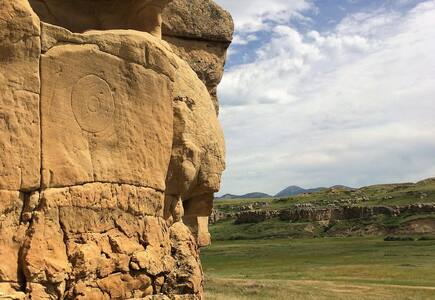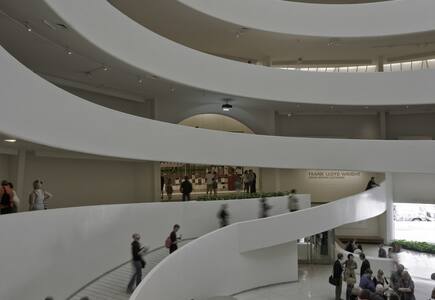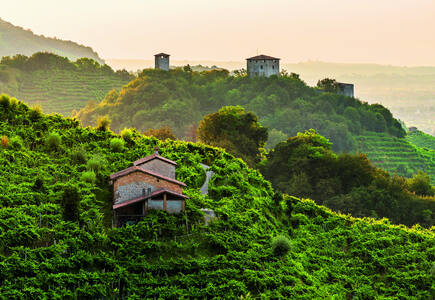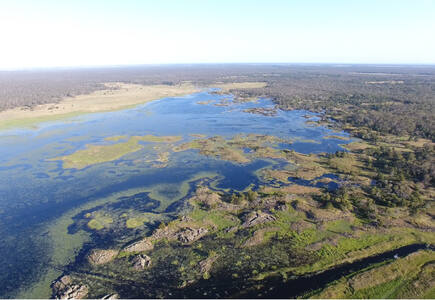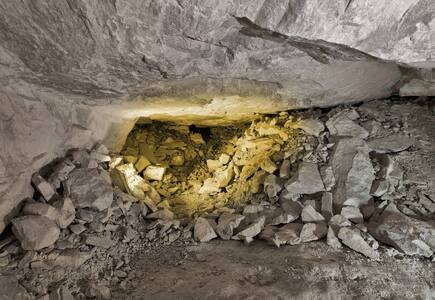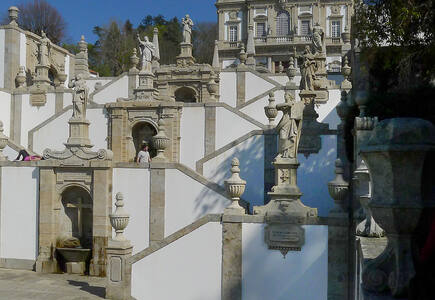BRAND BALLOT'S TOP 100 MOM BLOGS FOR 2018!!
6 of the Newest UNESCO Sites added for 2019
Hello!! Yay - it's Monday - my favorite day of the week.
Many people think I'm crazy, but I truly love Mondays - they are the start of a whole new week and I feel like things always look bright on this day!! My Sunday (yesterday) was really and truly dull. lol. Why, you may ask. Well, it was like 800 degrees out here on Long Island with this heat wave we are experiencing. So, me and my girl Gianna decided to do an errand that would keep us cool - duck into Stop and Shop and do our food shopping for the week. Usually, I'm FREEZING in the supermarket, but yesterday, it was refreshingly enjoyable. When we got home, I cleared out my fridge and cabinets and made way for the new grocery items. Then, it was smooth sailing the rest of the day. I caught up on writing and straightened my house - all in the comfort of air conditioning!
Enough of my complaining. I am so excited this week - as I'm sure my dear cuz is as well - it was just announced during the past week that this year UNESCO has added 29 new cultural sites to its World Heritage List!
You guys know how much we LOVE, LOVE, LOVE UNESCO sites!!! Although this news has been published in many outlets, I'd like to share a link to one of the latest articles about his exciting news written in SmarterTraveler.com, which features 12 of these newly added sites. In total, the addition includes 29 new sites, or should I say, WONDERS, in XX countries around the world. These countries include Spain, Portugal, Iceland, Albania, Azerbaijan, China, Laos, Canada, England, Iran, Russia and India, Burkina Faso, Iraq, Myanmar, Australia, Bahrain, Germany, Ireland, Poland, Czechia, Indonesia, Republic of Korea, France, Brazil and Italy. Here are 6 of these UNESCO wonders to add to your bucket list.
1. Writing-on-Stone / Áísínai’pi
Canada The property is located on the northern edge of the semi-arid Great Plains of North America, on the border between Canada and the United States of America. The Milk River Valley dominates the topography of this cultural landscape, which is characterized by a concentration of pillars or hoodoos – columns of rock sculpted by erosion into spectacular shapes. The Blackfoot Confederacy (Siksikáíítsitapi) left engravings and paintings on the sandstone walls of the Milk River Valley, bearing testimony to messages from Sacred Beings. Dated in situ archaeological remains cover a period between ca. 4,500 BP - 3,500 years BP and the Contact Period. This landscape is considered sacred to the Blackfoot people, and their centuries-old traditions are perpetuated through ceremonies and in enduring respect for the places.
2. The 20th-Century Architecture of Frank Lloyd Wright
United States of America The property consists of eight buildings in the United States designed by the architect during the first half of the 20th century. These include Fallingwater (Mill Run, Pennsylvania), the Herbert and Katherine Jacobs House (Madison, Wisconsin) and the Guggenheim Museum (New York). These buildings reflect the ‘organic architecture’ developed by Wright, which includes an open plan, a blurring of the boundaries between exterior and interior and the unprecedented use of materials such as steel and concrete. Each of these buildings offers innovative solutions to the needs for housing, worship, work or leisure. Wright's work from this period had a strong impact on the development of modern architecture in Europe.
3. Le Colline del Prosecco di Conegliano e Valdobbiadene
Italy Located in north-eastern Italy, the property includes part of the winegrowing landscape of the Prosecco wine production area. The landscape is characterized by ‘hogback’ hills, ciglioni – small plots of vines on narrow grassy terraces – forests, small villages and farmland. For centuries, this rugged terrain has been shaped and adapted by man. Since the 17th century, the use of ciglioni has created a particular chequerboard landscape consisting of rows of vines parallel and vertical to the slopes. In the 19th century, the bellussera technique of training the vines contributed to the aesthetic characteristics of the landscape.
4. Budj Bim Cultural Landscape
Australia The Budj Bim Cultural Landscape, located in the traditional Country of the Gunditjmara Aboriginal people in south-eastern Australia, consists of three serial components containing one of the world’s most extensive and oldest aquaculture systems. The Budj Bim lava flows provide the basis for the complex system of channels, weirs and dams developed by the Gunditjmara in order to trap, store and harvest kooyang (short-finned eel – Anguilla australis). The highly productive aquaculture system provided an economic and social base for Gunditjmara society for six millennia. The Budj Bim Cultural Landscape is the result of a creational process narrated by the Gunditjmara as a deep time story, referring to the idea that they have always lived there. From an archaeological perspective, deep time represents a period of at least 32,000 years. The ongoing dynamic relationship of Gunditjmara and their land is nowadays carried by knowledge systems retained through oral transmission and continuity of cultural practice.
5. Krzemionki Prehistoric Striped Flint Mining Region
Poland Located in the mountain region of Świętokrzyskie, Krzemionki is an ensemble of four mining sites, dating from the Neolithic to the Bronze Age (about 3900 to 1600 BCE), dedicated to the extraction and processing of striped flint, which was mainly used for axe-making. With its underground mining structures, flint workshops and some 4,000 shafts and pits, the property features one of the most comprehensive prehistoric underground flint extraction and processing systems identified to date. The property provides information about life and work in prehistoric settlements and bears witness to an extinct cultural tradition. It is an exceptional testimony of the importance of the prehistoric period and of flint mining for tool production in human history.
6. Sanctuary of Bom Jesus do Monte in Braga
Portugal Located on the slopes of Mount Espinho, overlooking the city of Braga in the north of Portugal, this cultural landscape evokes Christian Jerusalem, recreating a sacred mount crowned with a church. The sanctuary was developed over a period of more than 600 years, primarily in a Baroque style, and illustrates a European tradition of creating Sacri Monti (sacred mountains), promoted by the Catholic Church at the Council of Trent in the 16th century, in reaction to the Protestant Reformation. The Bom Jesus ensemble is centred on a Via Crucis that leads up the western slope of the mount. It includes a series of chapels that house sculptures evoking the Passion of Christ, as well as fountains, allegorical sculptures and formal gardens. The Via Crucis culminates at the church, which was built between 1784 and 1811. The granite buildings have whitewashed plaster façades, framed by exposed stonework. The celebrated Stairway of the Five Senses, with its walls, steps, fountains, statues and other ornamental elements, is the most emblematic Baroque work within the property. Wow - and there are another 23 waiting for you to check out at the above links!! My bucket list is way too long already!! On that note - have a terrific day! See ya back here tomorrow! -Travelin' Elisa xoxo |





